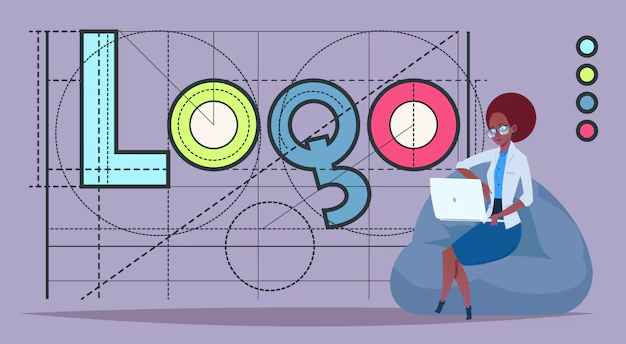
In the competitive world of branding, logo design plays a pivotal role in creating a lasting impression. A well-designed logo not only communicates your brand’s identity but also sets the tone for how customers perceive your business. In this article, we delve into the essential elements of logo design, tips for creating an effective logo, and why investing in professional logo design is crucial for your brand’s success.
What Is Logo Design?
Logo design is the process of creating a unique and visually appealing symbol, emblem, or text-based mark that represents a brand, business, or organization. It is often the first thing people notice about a brand and serves as a cornerstone of its visual identity.
Why Is Logo Design Important?
- First Impressions Matter: A logo is often the first interaction a potential customer has with your brand. A strong design can captivate attention and spark curiosity.
- Brand Recognition: A distinctive logo helps people recognize and remember your brand, fostering loyalty over time.
- Professionalism: A well-crafted logo conveys credibility and professionalism, making your business appear trustworthy and established.
Key Elements of a Successful Logo
To create an effective logo, consider the following elements:
1. Simplicity
A simple logo is easy to recognize and works well across various media. Overly complicated designs can confuse or overwhelm viewers.
2. Relevance
Your logo should align with your brand’s mission, values, and target audience. For instance, a playful design works for a toy brand but not for a law firm.
3. Scalability
A great logo maintains its clarity and impact whether it’s displayed on a business card or a billboard.
4. Timelessness
Avoid trends that might become outdated. Instead, focus on creating a logo with enduring appeal.
5. Versatility
Your logo should look good in color and black-and-white formats, as well as on digital and print platforms.
Tips for Designing an Effective Logo
- Understand Your Brand: Before starting the design process, define your brand’s personality, values, and target audience.
- Choose the Right Colors: Colors evoke emotions and associations. For example, blue conveys trust, while red signifies passion or energy.
- Typography Matters: If your logo includes text, select fonts that complement your brand’s tone. Clean, readable fonts are often best.
- Experiment with Shapes: Shapes can influence perception. Circles suggest unity, while sharp edges convey strength or precision.
- Seek Feedback: Share your design with trusted individuals or focus groups to ensure it resonates with others.
Professional Logo Design vs. DIY
While online tools and templates can help create a basic logo, hiring a professional designer ensures a custom, high-quality result. Professional designers bring expertise in composition, branding, and market trends to craft a logo tailored to your business needs.
Conclusion
A thoughtfully designed logo is a powerful tool for building brand identity and connecting with your audience. Whether you’re a startup or an established business looking for a refresh, investing in professional logo design can significantly impact your brand’s success. Remember, your logo is more than just a design—it’s the face of your business.
By following the principles and tips outlined in this article, you can create a logo that not only looks great but also aligns perfectly with your brand’s vision and goals.
If you’re looking to design a logo that professionally represents your brand identity and leaves a lasting impression on your audience, don’t hesitate to reach out to us. Our team of expert logo designers is ready to bring your vision to life with top-notch quality and creativity. Let us help you build a unique brand identity today!
